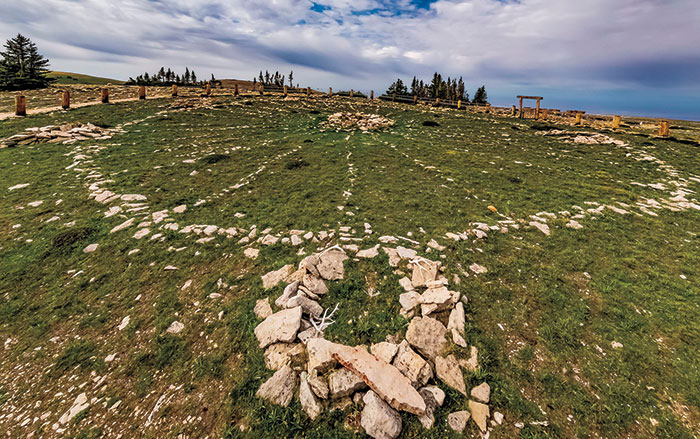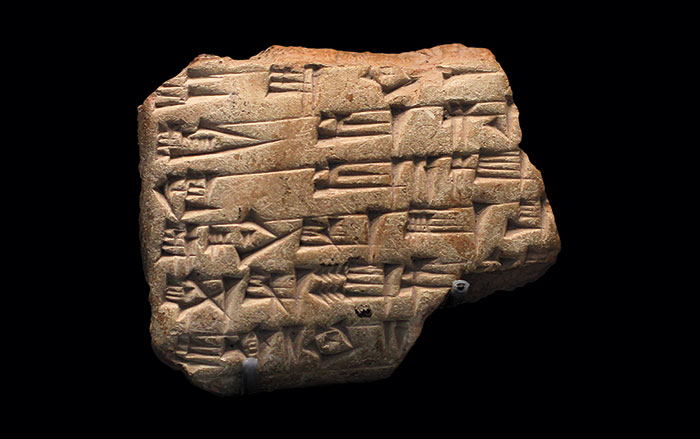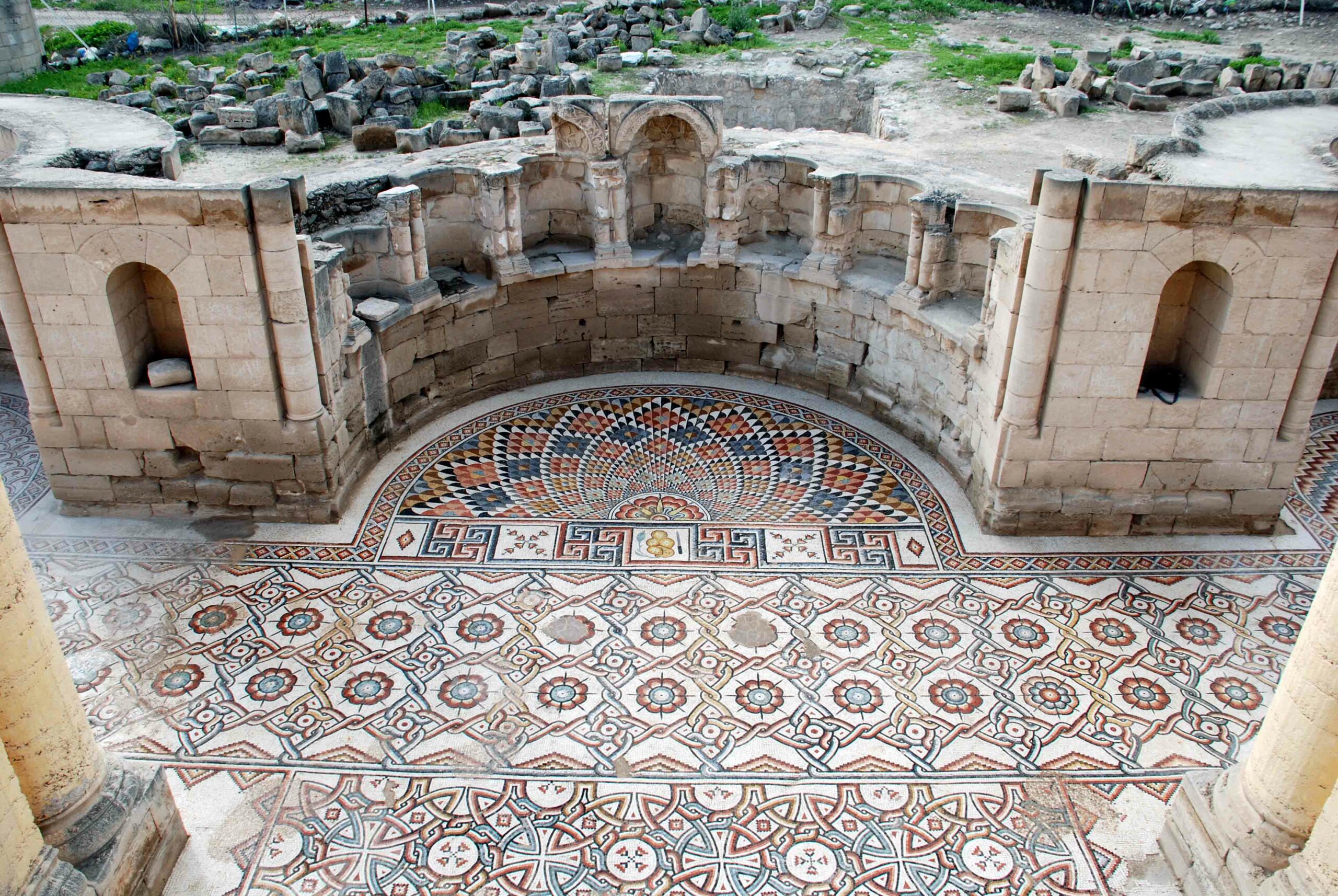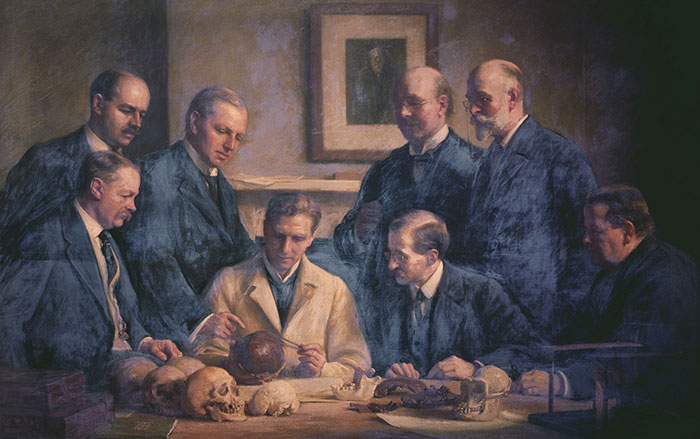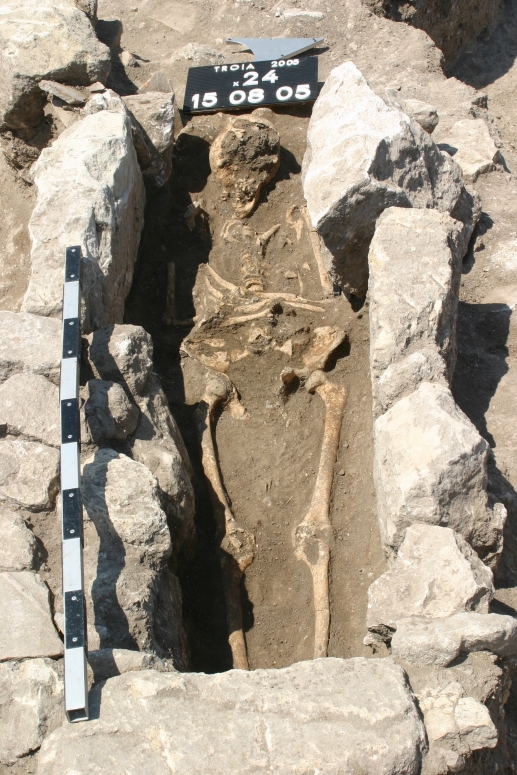
MADISON, WISCONSIN—An international team of researchers has identified a case of maternal sepsis in a skeleton unearthed near the site of Troy, according to a report in the Milwaukee Journal Sentinel. Henrike Kiesewetter of Tüebingen University found two calcified nodules below the ribs of a woman who died some 800 years ago at about 30 years of age. Kiesewetter sent the nodules to microbiologist Caitlin Pepperell of the University of Wisconsin-Madison, who ruled out tuberculosis, and urinary or kidney stones, as possible diagnoses. She found well-preserved bacteria microfossils in the nodules, however, and sent them on to Hendrik Poinar of McMaster University for genetic analysis. Poinar identified Staphylococcus saprophyticus and Gardnerella vaginalis, which may have caused a fatal infection of the placenta, amniotic fluid, and membranes around the woman’s fetus. Pepperell explained that the high levels of calcium flowing through the pregnant woman’s body calcified the bacteria and formed the nodules. She added that this strain of Staphylococcus saprophyticus is usually associated with livestock, and may have been contracted through living in close quarters with animals. “I thought about what a short difficult life it must have been,” Pepperell said. For more, go to “Vikings, Worms, and Emphysema.”


